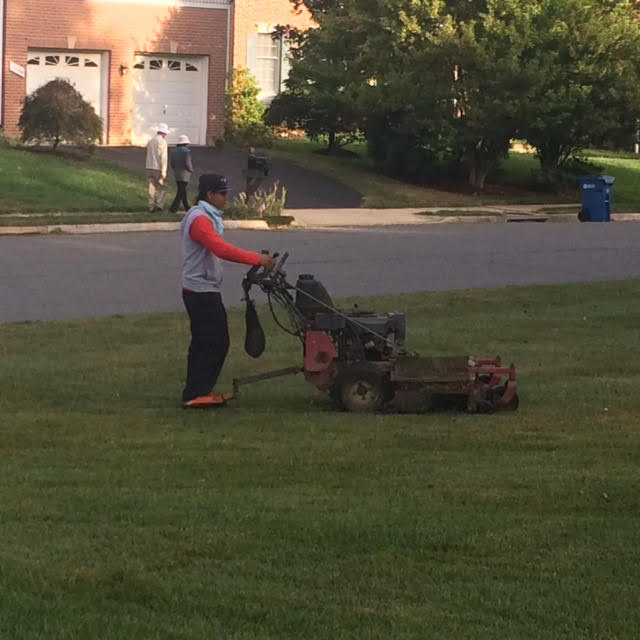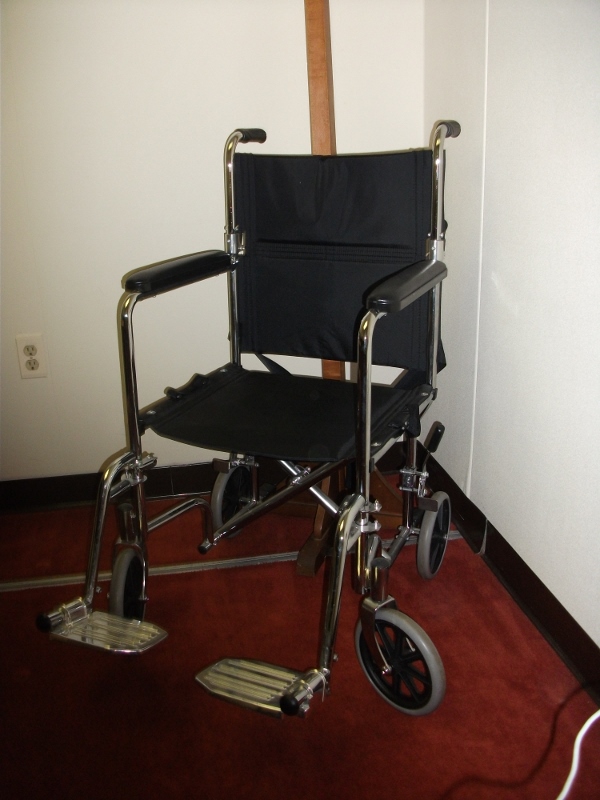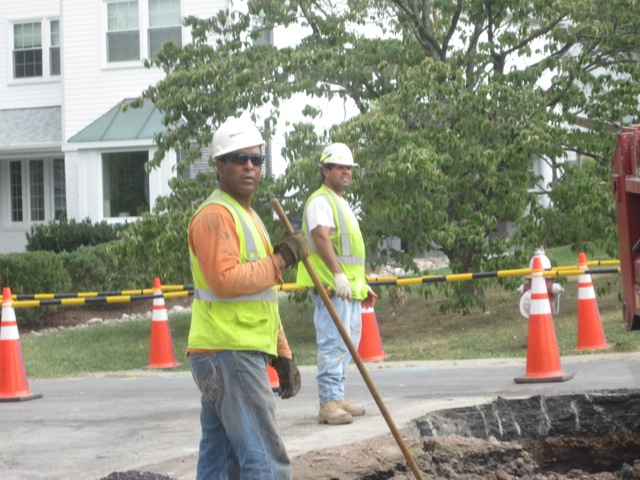Can a worker whose fingers or toes are amputated because he or she could not read a machine’s instructions get workers’ compensation benefits? In workers’ comp cases, employers or their insurance company can win on the defense of “willful violation of a safety rule” only if they show the employee intended to break a known…
Continue reading →
Continue reading
The National Academy of Social Insurance (NASI), which studies workers’ compensation and other benefits systems, last August reported that in 2012: workers’ compensation benefits rose by 1.3 percent to $61.9 billion employer costs rose by 6.9 percent to $83.2 billion. The uptick, NASI said, was due to increased employment. “This growth in workers’ compensation spending…
Continue reading →
Continue reading
The Workers Compensation Research Institute (WCRI) is an insurance company-funded organization which, for years, has been reporting that doctors in the Maryland workers’ comp system were dispensing 40% of all workers’ comp prescriptions, and were capturing 55% of all dollars paid for these prescriptions. This, according to WCRI, was driving up costs in the workers’…
Continue reading →
Continue reading
“Just because you are injured at work does not mean that your workplace accident will be covered by your employer’s Workers’ Comp insurance,” notes Doug Landau of the Herndon Law firm Abrams Landau, Ltd. The Commonwealth of Virginia adheres to the actual risk test to determine whether or not an injury arises out of…
Continue reading →
Continue reading
Nurses injured on the job have many hurdles when seeking workers compensation benefits for accidents at the hospitals and clinics. When a nurse or home care aid sustains a herniated disc lifting and re-positioning a patient, or falling at the bedridden client’s residence, the location of the accident is not as critical as the mechanism…
Continue reading →
Continue reading



